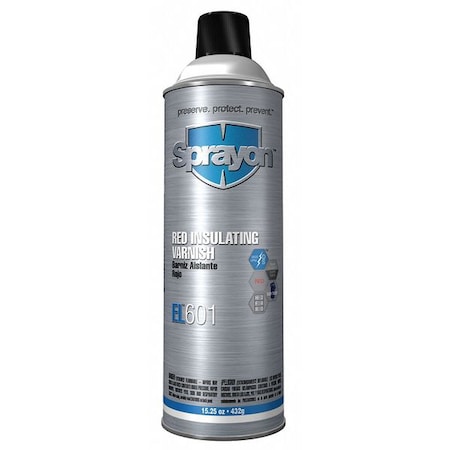Hey all, long time listener, first time poster. I have a 2004 crownline 202 lpx with a 350 mag. I bought the boat last year and by not knowing how old the battery was, I replaced it a month ago. After cruising around on the lake, I notice once my boat hits 150 on my temp gauge it bolts up to 230. I carry a temp gun and i'm not getting any temps at the sender or therm over 165-170. I've also noticed when I flip my captains call on it dumps my voltage to 9-10 volts and makes my temp gauge dip down about 40 degrees. I tested the battery and alternator myself today. Battery is running 14.2 volts when boat is running. Click on exhaust, alternator loses .2 volts, battery loses almost 2. I'm not sure what brand of battery I replaced but I put a autocraft marine battery with 1000 crank/800 cold. I've checked the main ground at the rear of the block, checked connections to starter and alternator, replaced a temp sender and nothing. The crazy thing that once it meets a certain resistance, it stays until the boat cools fully. Pulled the sender out last night after running, temp was 100 right on the end, gauge was reading around 150. The only other thing I've done to the boat this spring is I put a satellite radio tuner in the boat. It connects to the back of my radio. Has anyone had a similar issue or know what's going on?!?
Last edited:




















